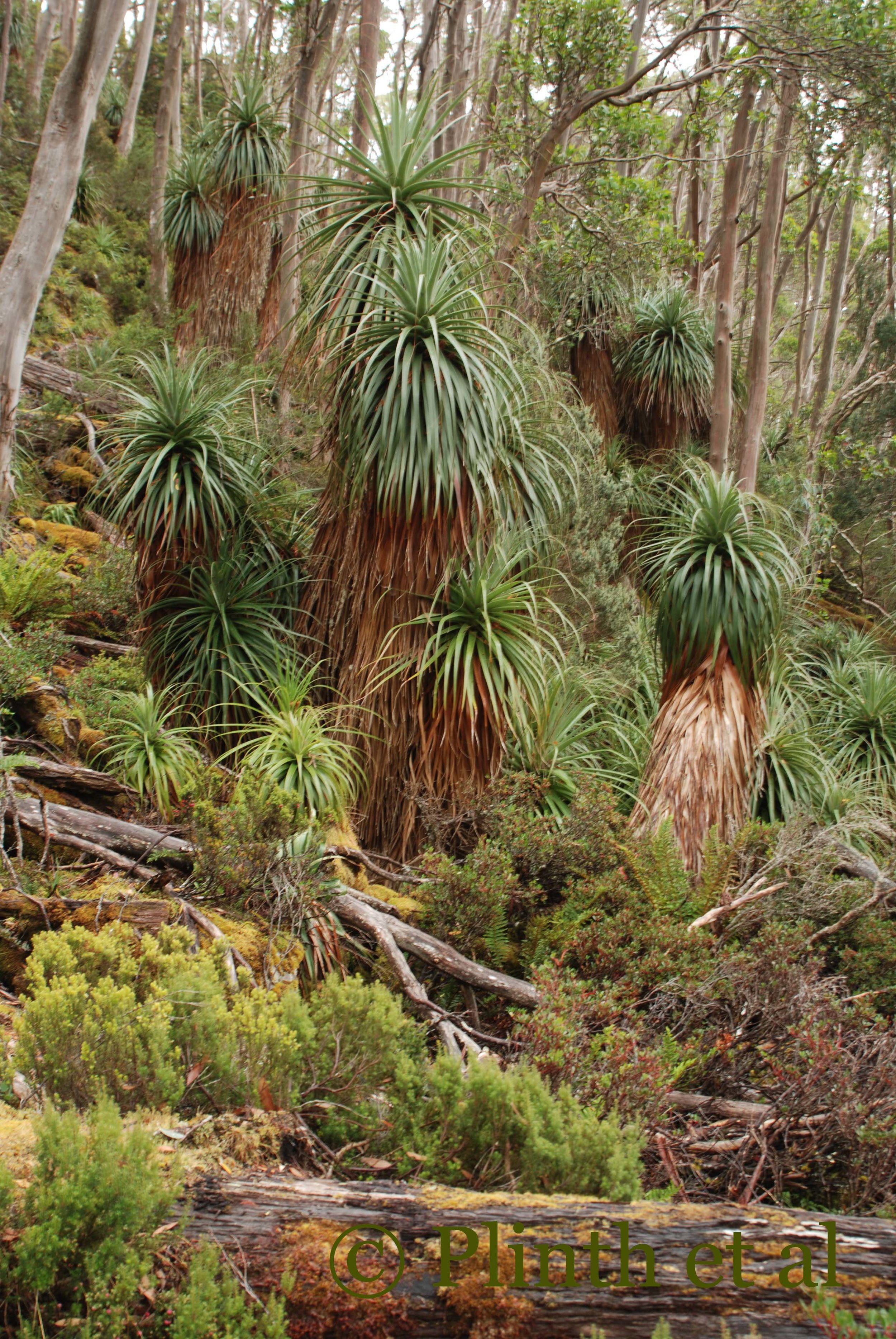Tasmanian Flora Snapshot: Richea pandanifolia
For someone accustomed to seeing conifers and deciduous trees in US and Europe, the Tasmanian flora has an otherworldly that defies description. Its uniqueness is the legacy of its Gondwanan ancestry and complex geological history as the island was once part of the Australian mainland. Tasmania's most famous botanical export has been its tree fern (Dicksonia antarctica) popular for its prehistoric subtropical look. Other plants would have achieved eminence if they had the same ease of cultivation, and one candidate is Richea pandanifolia. Richea pandanifolia is restricted to moist temperate rainforests between 600 and 1200 meters. It is easy to mistake these hula-skirted 3' or tall plants for yuccas or cordylines, and what is surprising that R. pandanifolia is in Ericaceae to which rhododendrons and blueberries belong. During his antarctic voyage across the Southern Hemisphere, the British botanist Joseph Dalton Hooker first saw and described it from "Port Davy, Peak of Teneriffe, Frenchman's Cap, and several other mountainous situations". The flowers are rather insignificant and obscured by their appearance within the leaf axils. Those curious enough can still peer in if a closer study of the flowers is wanted. Richea pandanifolia's specific cultivation requirements has limited its presence in gardens, even in Tasmania, since moist, acidic soils, with consistent moisture and cool temperatures, are not common. Nonetheless, nothing surpasses the experience of seeing them high and healthy in the mountainous forests of Tasmania.
- Eric








